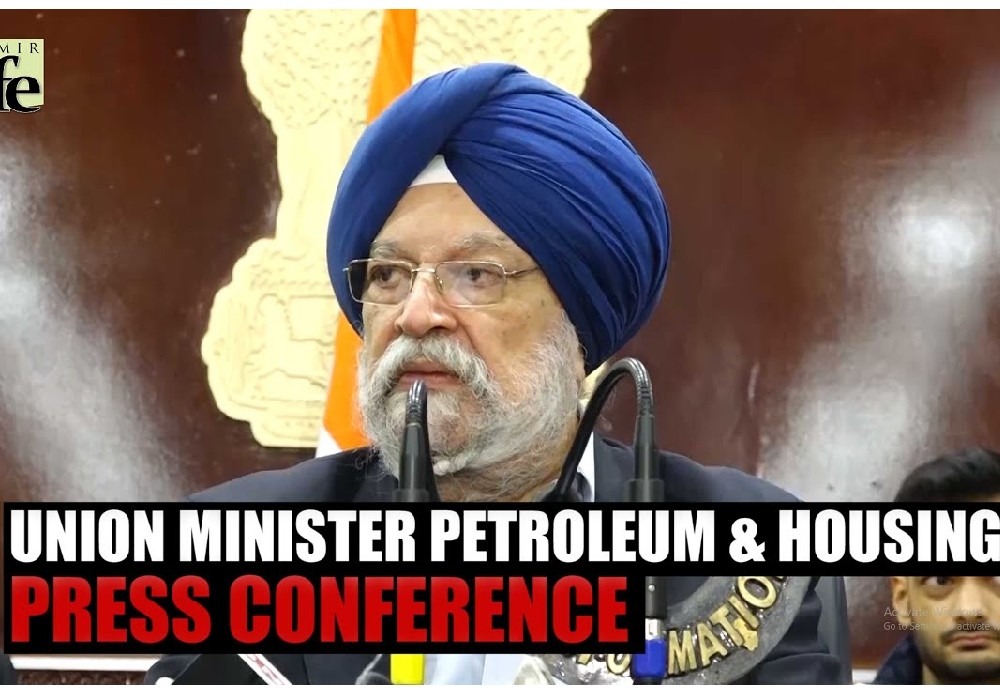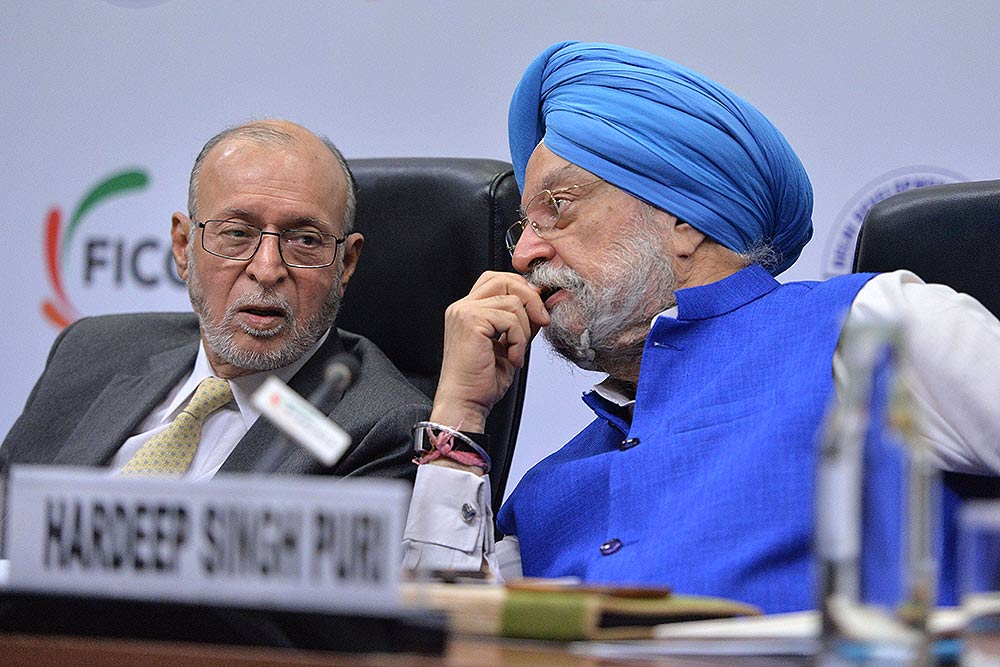The 9th Asian Ministerial Energy Roundtable is being held at an apt time when there is a pressing need to galvanise global efforts for “Mapping Stable & Secure Energy pathways for achieving Energy security, Energy Justice, Growth and Innovation”, said Mr. Hardeep S. Puri, Minister of Petroleum & Natural Gas and Housing & Urban Affairs, Government of India. India hosted the 9th Asian Ministerial Energy Roundtable (AMER9) in association with the International Energy Forum (IEF) today i.e. on 7 February 2023 in Bengaluru. The theme for this roundtable was “Mapping new pathways for energy security, inclusive growth and energy transitions”.
Convening in Bengaluru, the nation’s hightech center, AMER9 was opened by Mr. Hardeep S. Puri and took place alongside India Energy Week, which runs from 6 to 8 February. Some of the world’s best solutions to its toughest problems, including in the energy sector, have come out of Asia: Hardeep S. Puri
While speaking at the Opening Session of the Roundtable, the Minister said that the 21st Century belongs to Asia, and this is being vindicated in the post-pandemic energy sector. Asian economies have not only managed to bounce back fastest from the impacts of the Pandemic but have also made significant progress toward clean energy. He said that the present century is marked by the remarkable growth story of Asia due to its demographic dividend and innovation. Some of the world's best solutions to its toughest problems, including in the energy sector, have come out of Asia.
Mr. Puri said that the Asian Ministerial Roundtable has always been a meaningful platform for dialogue between producers, consumers & International Organizations to join and debate energy issues which confront the Asian and the global energy sector. “Our interaction and takeaways from our discussion today will have a direct bearing on our tomorrow and future generations.”, he said.
Speaking about the growth of Asian economy, the Minister said that the world economy has radically changed over the past decade. The Asian share of global GDP has risen from 38% to 45% and is likely to exceed 50% by 2030.Asian Economy has grown at the average rate of 5½ percent over the preceding two decades and registered growth of 6.5 per cent posted in 2021, while it is
expected to moderate to 4.0 percent in 2022 amid an uncertain global environment and rise to 4.3 percent in 2023, the Minister said.
Mr. Puri elaborated that the economic growth coupled with urbanization, industrialization, and improving energy access and living standards will result in a rise in energy demand of over 3 percent between 2021 and 2030 for a majority of emerging Asian Economies. Whereas the energy demand of advanced economies would be plateaued or will even decline by then. Highlighting the importance of alternative energy sources, the Minister said that while the affordable traditional energy resources are essential for meeting the based load requirements, new sources of energy which are cleaner, sustainable, and innovative, are critical for combating the menace of climate change. Transfer of low-cost clean scalable technologies, financing for R&D and deployment of clean technologies are crucial for catalysing faster action to mitigate climate change.
With India assuming G20 presidency, it endeavour to utilise the opportunity to give resonance to the voice of the developing/underdeveloped countries and highlight the common concerns of energy security, energy justice, and sustainable energy transition so that all developing countries can gain reliable and clean energy.
Talking about India’s energy transition, Mr. Puri said that India recognizes that its energy transition path will involve a variety of energy solutions to support energy and economic growth. Advanced biofuels, green hydrogen, renewables and nuclear will play a critical role in the energy mix as India charters its path to the energy transition, he said.
“India has met its commitment of 40% of its installed electricity capacity from non-fossil energy sources by 2030 November 2021. The country’s installed Renewable Energy (RE) capacity by October 2022 stands at 166 Giga Watt while its nuclear energy-based installed electricity capacity stands at 6.78 Giga Watt”, he elaborated further. He said that India is setting up 2G refineries utilizing agricultural waste and bamboo to make ethanol, using indigenous technology. This contributes to achieving rural prosperity and also goes a long way in reducing pollution along with achieving energy security goals.
Speaking about the E20 Fuel which was launched by Prime Minister yesterday, the Minister said that another feather added to the splendid Indian journey to decarbonization with roll out of E20 by PM yesterday, much earlier than the initial target date of 1st April 2023. Fifteen cities will be covered under phase 1. We are targeting a phased rollout of E20 in the entire country between
now and April 2025. “We are also targeting the setup production capacity of 15 MMT of CBG from 5000 plants by 2023 with an investment of US $20 billion.”, informed the Minister.
Highlighting the potential of green hydrogen in India, Mr. Puri stated that today, Indian companies can supply the most competitive green hydrogen/green ammonia due to availability. The availability of the lowest cost for solar power combined with engineering prowess makes India an ideal place for a green hydrogen production hub. “We are Setting-up pilot scale and commercial-scale green hydrogen manufacturing plants at several of our Refineries”, he said.
The Minister also talked about the recent budget which further strengthened India’s efforts towards green energy and sustainable development.
Mr. Puri also spoke about the encouragement by India to battery energy storage system with capacity of 4,000 MWH supported through Viability Gap Funding. “We are providing customs duty exemptions to imports of capital goods and machinery required for manufacture of lithium-ion cells used in EV batteries.” he said.

देश में एक करोड़ यात्री प्रतिदिन कर रहे हैं मेट्रो की सवारी: पुरी ..

Union Minister for Petroleum and Natural Gas and Housing and Urban Affairs, Hardeep Singh Puri addressing a press conference in ..

Joint Press Conference by Shri Hardeep Singh Puri & Dr Sudhanshu Trivedi at BJP HQ| LIVE | ISM MEDIA ..
(3).jpg)
"I wish a speedy recovery to former Prime Minister Dr Manmohan Singh Ji. God grant him good health," Puri wrote. ..